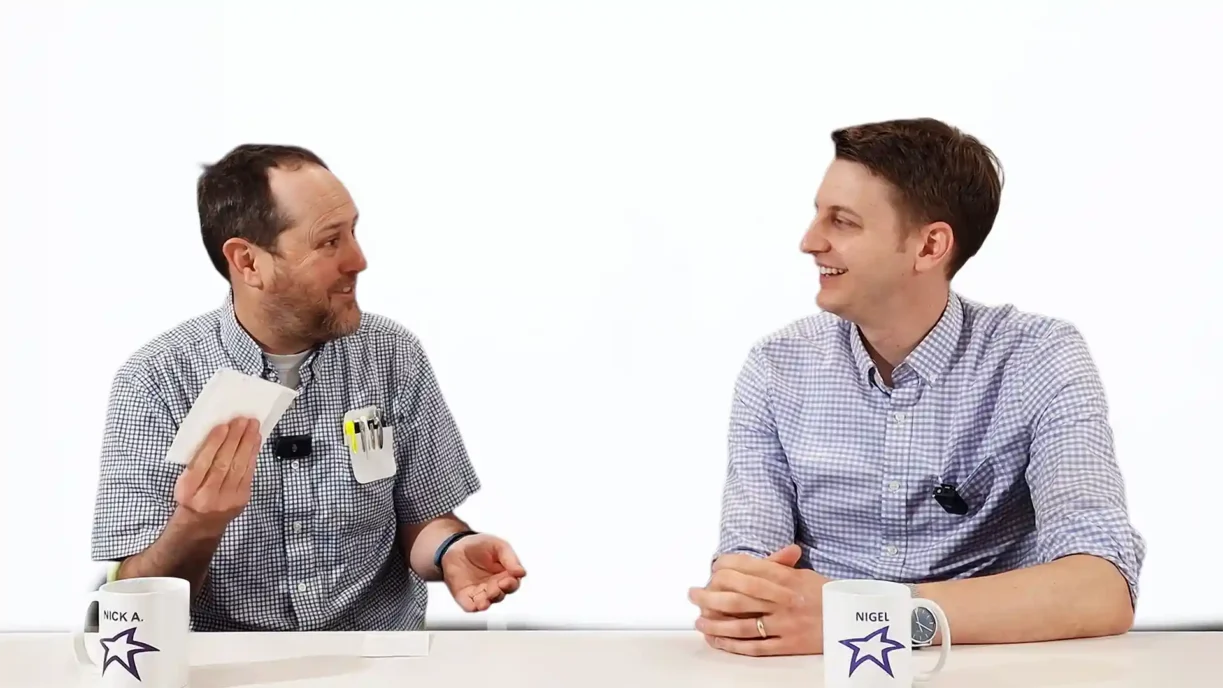
Device Repurposing in Research
How adapting existing tools can drive innovation
In this episode of Bio Break, Nick Allan and Nigel Syrotuck discuss device repurposing in research, sharing a story that blends microbiology, animal science, and engineering ingenuity. The episode begins with Nick examining an unusual medical device originally used for equine reproductive sampling. As Nigel jokes about its “unique” application, Nick explains how his team repurposed the tool to study bovine respiratory diseases during the COVID era.
The conversation highlights how adaptability is key in research. During supply shortages, Nick’s team used what they had—an equine sampling instrument—to collect deep nasal swabs from cattle for studying Mycoplasma bovis. This creative approach reflects the practical side of device repurposing in research: using proven, sterile, and available tools to advance science quickly and safely.
From animal care to microbiology
Nigel and Nick explore how one device can serve multiple disciplines when handled thoughtfully. Engineers often design instruments for a single, specific purpose. However, researchers in both human and veterinary medicine sometimes find safe, responsible ways to apply existing devices in new contexts. This not only saves time and cost but also helps teams continue important studies despite logistical barriers.
Engineering meets resourcefulness
As Nigel points out, clinicians and engineers must sometimes foresee off-label uses or modifications. Understanding these adaptations helps teams ensure safety while maintaining design integrity. The story reminds us that innovation doesn’t always start from scratch—sometimes it comes from seeing familiar tools in a new way.
By the end, both hosts emphasize that flexibility and informed adaptation can lead to new discoveries, whether in animal health or medical device design.
Enjoying Bio Break? Sign up to get new episodes sent to your inbox.
Related Resources
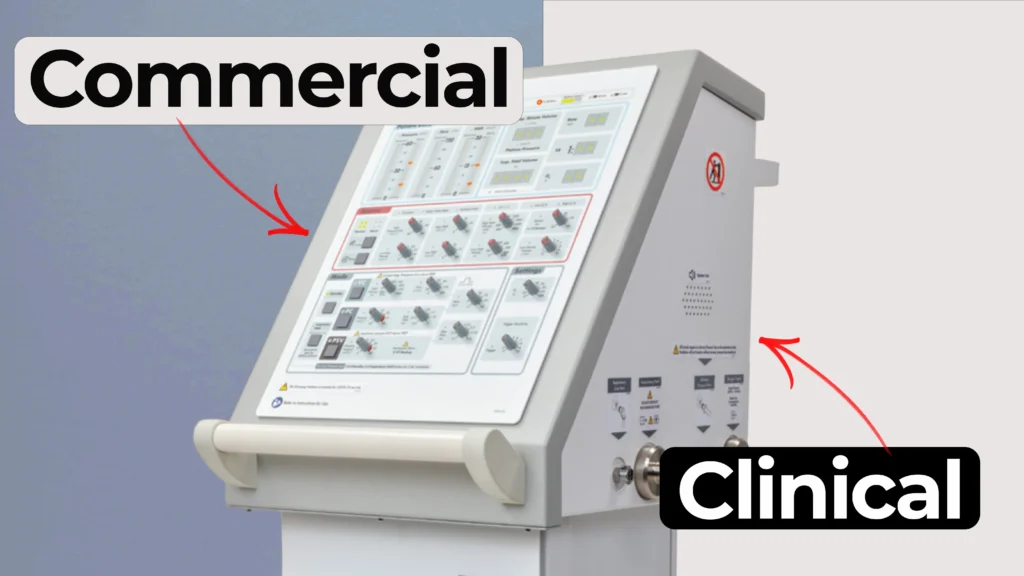
Understanding how clinical ventilator development differs from commercial ventilator design is essential for teams planning early studies.
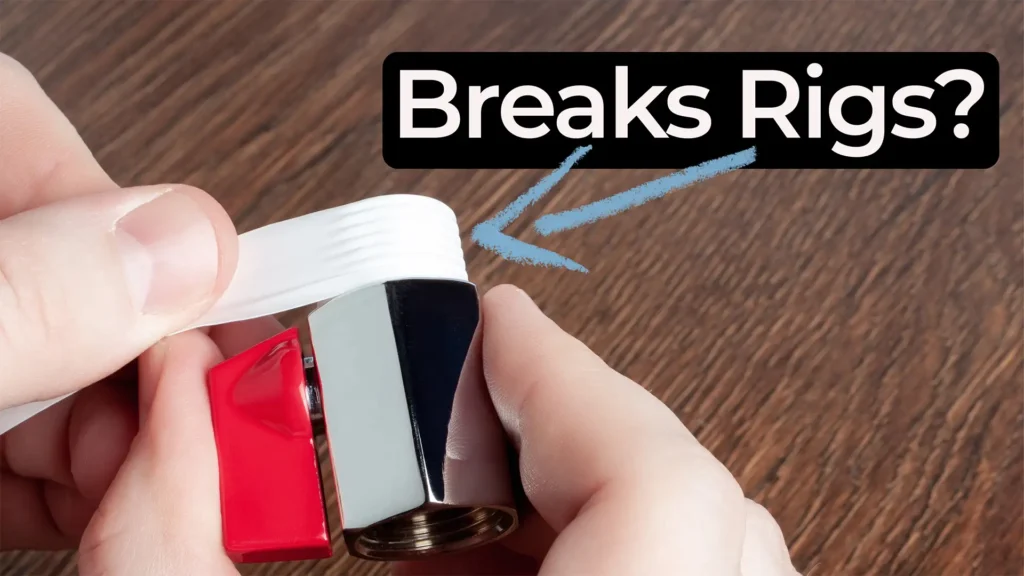
Nick walks through a practical Teflon tape lesson that came from real work supporting a mechanical test rig.
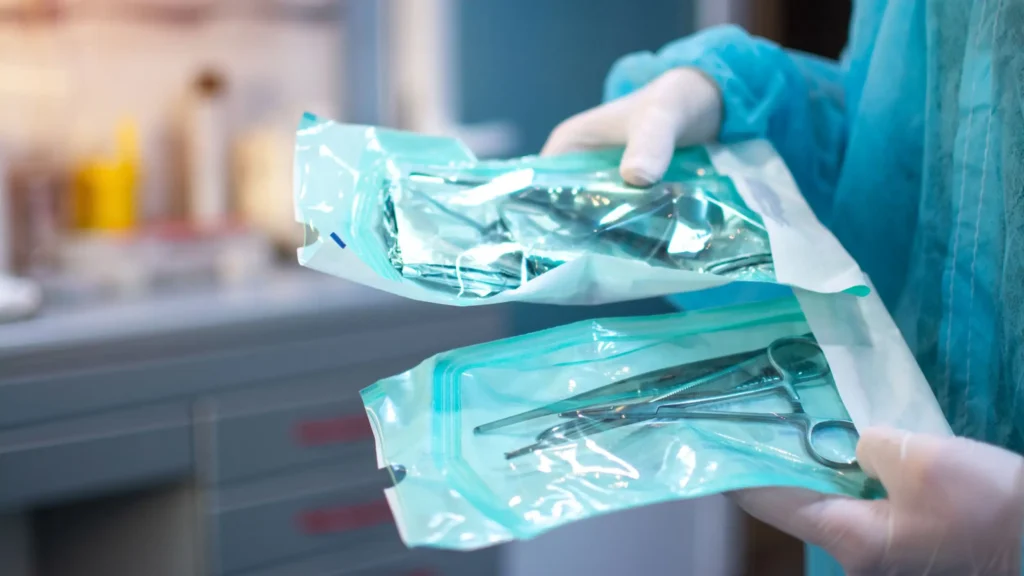
Most sterile medical devices begin their journey long before anyone thinks about sterilization. Teams focus on function, usability, materials, and suppliers, then discover that sterilization constraints can reshape many of those early decisions.
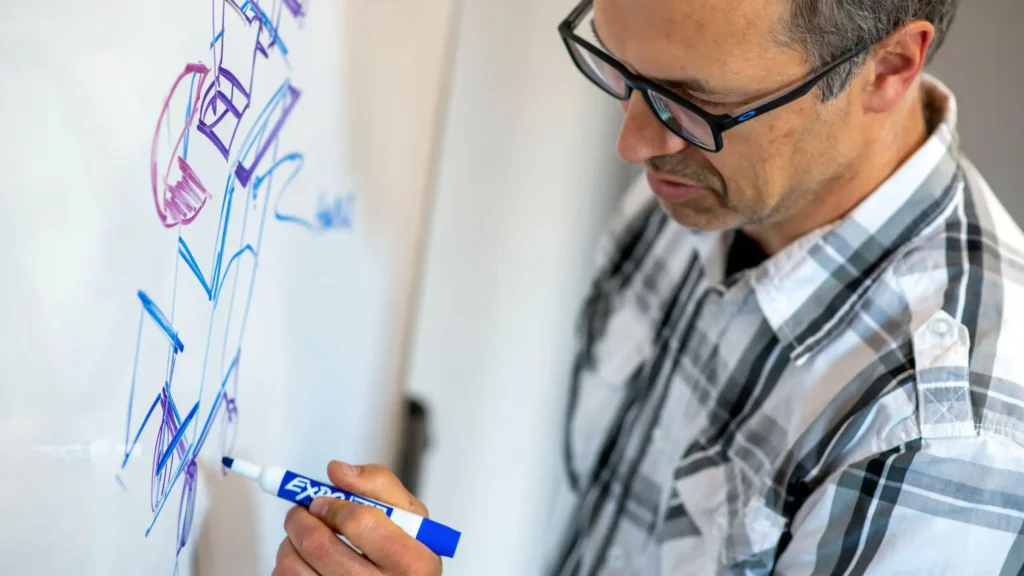
After years of working with founders and technical teams, I have learned that early design missteps rarely come from engineering flaws. More often than not, they come from missing conversations.
